by Terese Svoboda
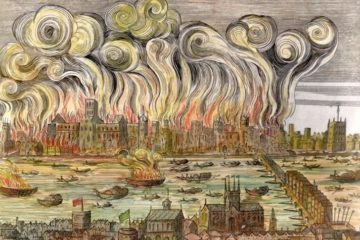 Last month I saw the Whitney exhibit “no existe un mundo poshuracán: Puerto Rican Art in the Wake of Hurricane Maria.” As you might remember, Maria was a Category 4 storm that hit Puerto Rico September 20, 2017. According to Harvard University’s T.H. Chan School of Public Health, 4,645 Puerto Ricans died as a result of the storm, but according to the Puerto Rican government, only 64 died. The Whitney’s museum label stated that the smaller number “not only insulted the populace with its miscalculation but also undercounted at-risk sectors that experienced increased deaths from accidents, cardiac conditions, diabetes, suicide, and even leptospirosis—a usually rare, potentially deadly, yet preventable bacterial infection spread by rats that grew prevalent in the months following the storm due to contaminated water.” A year after the hurricane, an impromptu installation of over 3,000 pairs of shoes was placed in front of Puerto Rican government buildings to memorialize the actual number of dead..[i] Activist Puerto Ricans had the number 4,645 tattooed onto their bodies. During the 2019 summer, protests about the death toll discrepancy finally unseated governor Ricardo Rosselló.[ii]
Last month I saw the Whitney exhibit “no existe un mundo poshuracán: Puerto Rican Art in the Wake of Hurricane Maria.” As you might remember, Maria was a Category 4 storm that hit Puerto Rico September 20, 2017. According to Harvard University’s T.H. Chan School of Public Health, 4,645 Puerto Ricans died as a result of the storm, but according to the Puerto Rican government, only 64 died. The Whitney’s museum label stated that the smaller number “not only insulted the populace with its miscalculation but also undercounted at-risk sectors that experienced increased deaths from accidents, cardiac conditions, diabetes, suicide, and even leptospirosis—a usually rare, potentially deadly, yet preventable bacterial infection spread by rats that grew prevalent in the months following the storm due to contaminated water.” A year after the hurricane, an impromptu installation of over 3,000 pairs of shoes was placed in front of Puerto Rican government buildings to memorialize the actual number of dead..[i] Activist Puerto Ricans had the number 4,645 tattooed onto their bodies. During the 2019 summer, protests about the death toll discrepancy finally unseated governor Ricardo Rosselló.[ii]
Which of these numbers will be recorded in history, and why?
According to most historians, only eight people died during the the Great Fire in London in 1666. Bertrand Roehner, my friend and historiographer, brought up this fact when I visited him in Paris last week. He maintains that common sense is the key to recognizing history’s weaknesses, and science is the remedy. Despite having access to the tremendous advances in technology, statistics, and the tools of interpretation, he says the study of history has not progressed as a discipline. Why has archeology, anthropology and paleontology adopted scientific ways of ascertaining what happened in the past, but not history? He likes to point out how much the study of physics has moved forward in the three centuries since Newton’s theories in Principia. His choice of this 1687 publication as a milestone coincides with the nearly contemporaneous Great Fire of London. Read more »

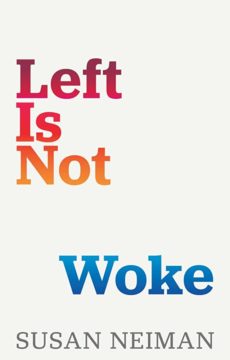 At the core of Susan Neiman’s new book Left is not Woke, which is an attempt to sever what she sees as reactionary intellectual tendencies from admirable progressive goals, is the idea that for progressive values to be sustainable, their roots in the philosophy of the European Enlightenment need to be recognized and nourished. “If we continue to misconstrue the Enlightenment”, she says, “we can hardly appeal to its resources.”
At the core of Susan Neiman’s new book Left is not Woke, which is an attempt to sever what she sees as reactionary intellectual tendencies from admirable progressive goals, is the idea that for progressive values to be sustainable, their roots in the philosophy of the European Enlightenment need to be recognized and nourished. “If we continue to misconstrue the Enlightenment”, she says, “we can hardly appeal to its resources.”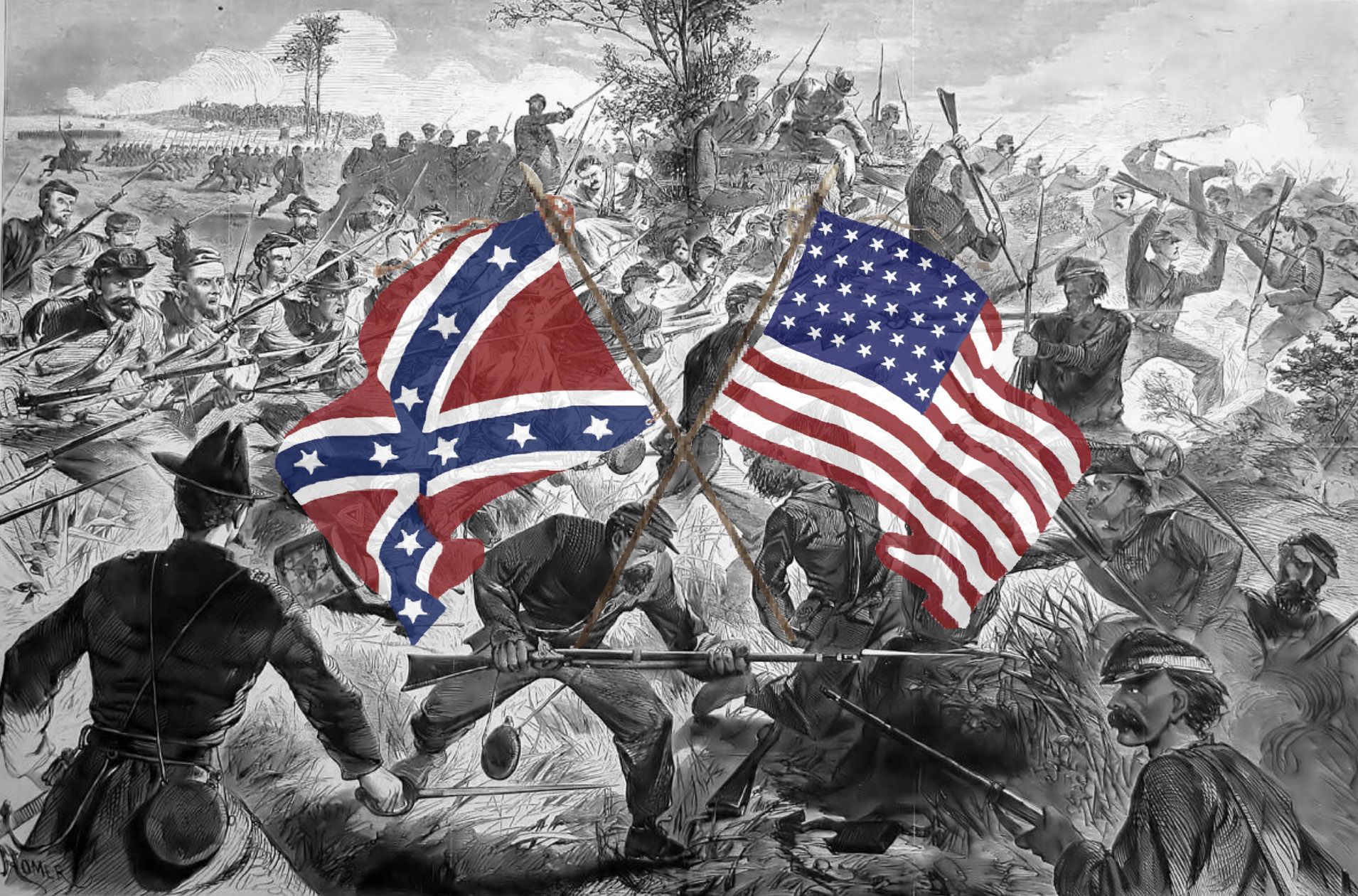 I first heard “The Blundering Generation” in the 1990s when I was taking a course on Civil War history. As my professor explained, the early 20th century saw a new cohort of historians who no longer personally remembered the war and debated anew the nature of its origins. They were trying to move past the earlier, caustic interpretations of Northerners and Southerners who openly blamed each other, the former decrying the Southern “slaveocracy” and the latter bemoaning the “war of Northern aggression.” So instead, these thinkers at the vanguard of historical study decided to blame everyone. Or no one.
I first heard “The Blundering Generation” in the 1990s when I was taking a course on Civil War history. As my professor explained, the early 20th century saw a new cohort of historians who no longer personally remembered the war and debated anew the nature of its origins. They were trying to move past the earlier, caustic interpretations of Northerners and Southerners who openly blamed each other, the former decrying the Southern “slaveocracy” and the latter bemoaning the “war of Northern aggression.” So instead, these thinkers at the vanguard of historical study decided to blame everyone. Or no one.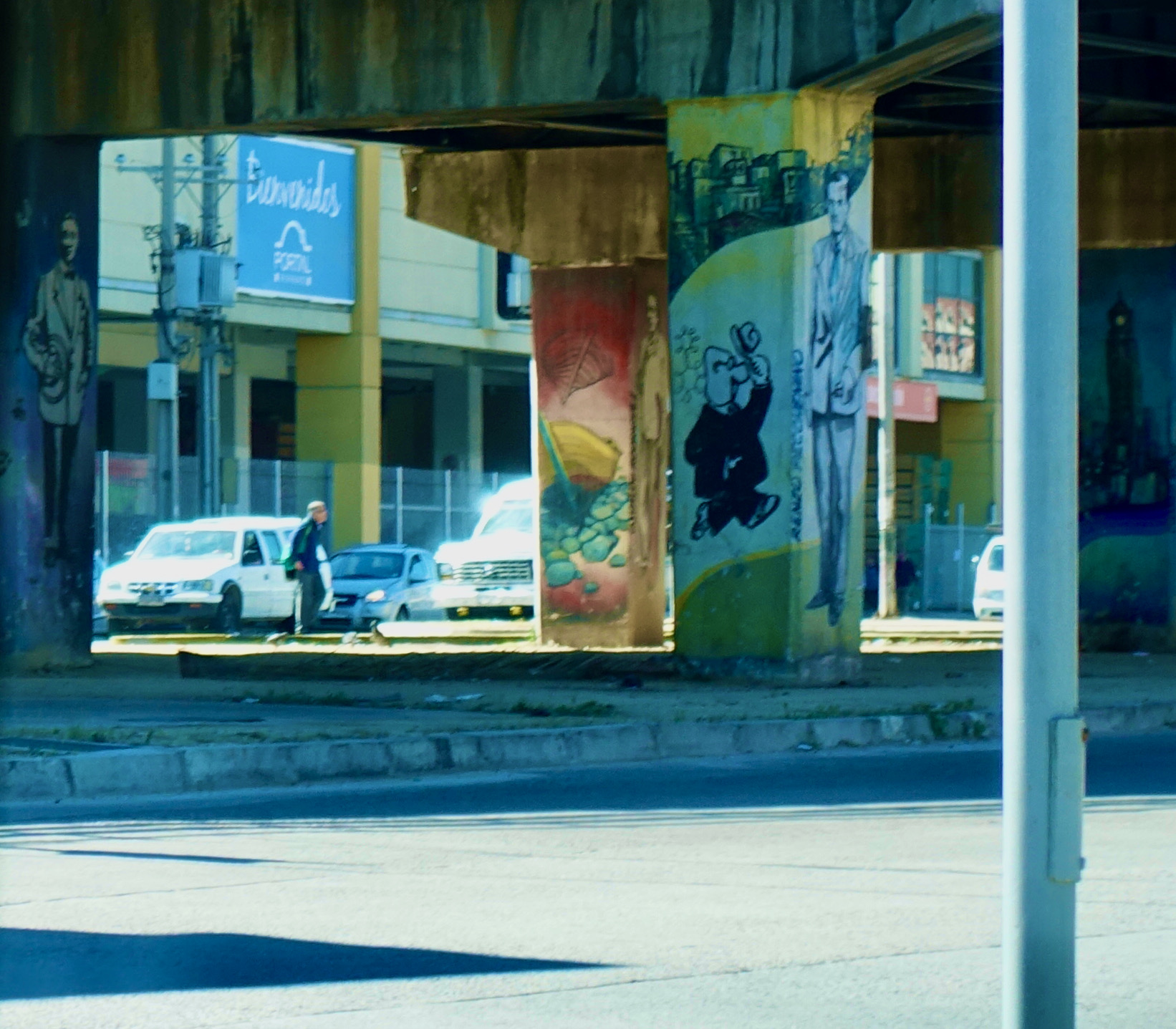 Sughra Raza. Santiago Street Color, Chile, November 2017.
Sughra Raza. Santiago Street Color, Chile, November 2017. Spanning just shy of a thousand years, al-Andalus or Muslim Spain (711-1492), has a riveting history. To picture the Andalus is to imagine a world that gratifies at once the intellect, the spirit and all the senses; it has drawn critical scholars, poets and musicians alike. Barring cycles of turbulence, it is remembered as an intellectual utopia, a time of unsurpassed plentitude and civilizational advancements, and most significantly, as “la Convivencia” or peaceful coexistence of the three Abrahamic faiths brought together as a milieu. Al-Andalus was a syncretic culture shaped by influences from three continents— Africa, Asia and Europe – under Muslim rule. This civilization came to be known as a golden age for setting standards across all human endeavors, a bridge between Eastern and Western learning, sciences and the fine arts, between the public and private, native and foreign, sacred and secular— a phenomenon hitherto unknown in antiquity. The decline and eventual collapse of al-Andalus is no less of a legend; it is a history of in-fighting and brutal intolerance perpetrated throughout the three centuries of the Spanish Inquisition (1478-1834) with ramifications to witness in our own times. The stark contrast between the Convivencia and the Inquisition makes al-Andalus a poignant story of reversals.
Spanning just shy of a thousand years, al-Andalus or Muslim Spain (711-1492), has a riveting history. To picture the Andalus is to imagine a world that gratifies at once the intellect, the spirit and all the senses; it has drawn critical scholars, poets and musicians alike. Barring cycles of turbulence, it is remembered as an intellectual utopia, a time of unsurpassed plentitude and civilizational advancements, and most significantly, as “la Convivencia” or peaceful coexistence of the three Abrahamic faiths brought together as a milieu. Al-Andalus was a syncretic culture shaped by influences from three continents— Africa, Asia and Europe – under Muslim rule. This civilization came to be known as a golden age for setting standards across all human endeavors, a bridge between Eastern and Western learning, sciences and the fine arts, between the public and private, native and foreign, sacred and secular— a phenomenon hitherto unknown in antiquity. The decline and eventual collapse of al-Andalus is no less of a legend; it is a history of in-fighting and brutal intolerance perpetrated throughout the three centuries of the Spanish Inquisition (1478-1834) with ramifications to witness in our own times. The stark contrast between the Convivencia and the Inquisition makes al-Andalus a poignant story of reversals. Some people are arguing that the removal of mask mandates in hospitals is a form of eugenics. Tamara Taggart, President of Down Syndrome BC, said on “
Some people are arguing that the removal of mask mandates in hospitals is a form of eugenics. Tamara Taggart, President of Down Syndrome BC, said on “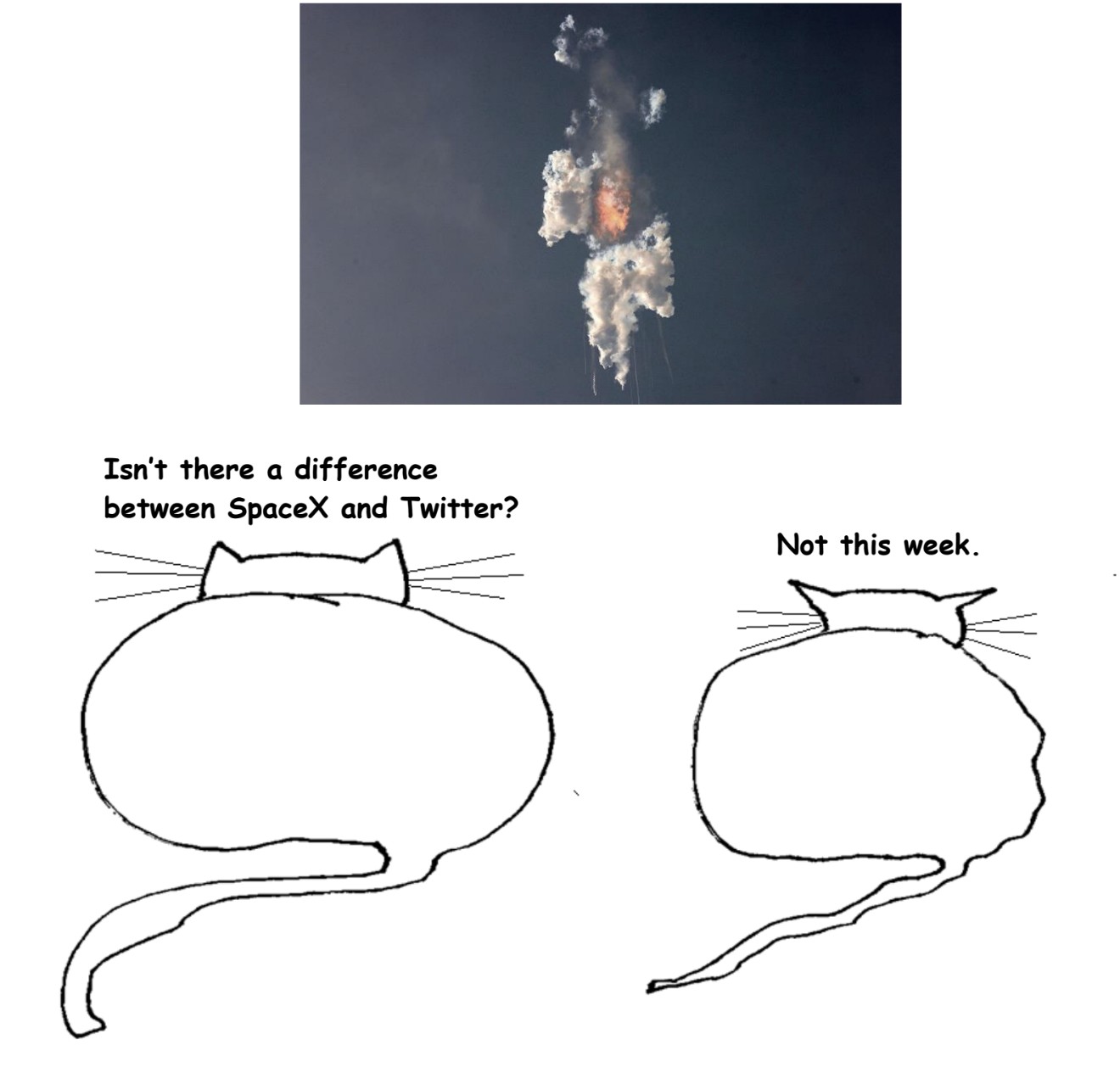
 Who doesn’t love a three-day weekend? If an extra day to relax isn’t good enough, the following week always seems to go quickly, making a Memorial Day, Labor Day, or a bank holiday in the UK, the gift that keeps on giving. Of course, most of us should consider ourselves lucky only to have to work a 5-day week. No law of the universe says a work week has to be 5 days. In fact, the concept of a 40-hour workweek is relatively new; it was only on June 25, 1938, Congress passed the Fair Labor Standards Act, which limited the workweek to 44 hours, and two years later, Congress amended that to 40 hours.
Who doesn’t love a three-day weekend? If an extra day to relax isn’t good enough, the following week always seems to go quickly, making a Memorial Day, Labor Day, or a bank holiday in the UK, the gift that keeps on giving. Of course, most of us should consider ourselves lucky only to have to work a 5-day week. No law of the universe says a work week has to be 5 days. In fact, the concept of a 40-hour workweek is relatively new; it was only on June 25, 1938, Congress passed the Fair Labor Standards Act, which limited the workweek to 44 hours, and two years later, Congress amended that to 40 hours. 
 In the 1960s, when I was a boy growing up on the west side of Montreal, whenever my father needed a hit of soul food — a smoked-meat sandwich, some pickled herring, or a ball of chopped liver with grivenes—he would head east (northeast, really, in my hometown’s skewed-grid street plan) to his old neighborhood on the Plateau. He would make for Schwartz’s, or Waldman’s, to the shops lining boulevard St.-Laurent, once known as “the Main” in memory of its service as a major artery through the Jewish part of town before the district changed hands: or rather, reverted to majority rule. On weekends my father would travel a little farther, in the direction of Mile End, to either of two places, St. Viateur Bagels and Fairmount Bagels, each located on the street from which it took its name and each, as its name candidly proposed, a baker and purveyor of bagels.
In the 1960s, when I was a boy growing up on the west side of Montreal, whenever my father needed a hit of soul food — a smoked-meat sandwich, some pickled herring, or a ball of chopped liver with grivenes—he would head east (northeast, really, in my hometown’s skewed-grid street plan) to his old neighborhood on the Plateau. He would make for Schwartz’s, or Waldman’s, to the shops lining boulevard St.-Laurent, once known as “the Main” in memory of its service as a major artery through the Jewish part of town before the district changed hands: or rather, reverted to majority rule. On weekends my father would travel a little farther, in the direction of Mile End, to either of two places, St. Viateur Bagels and Fairmount Bagels, each located on the street from which it took its name and each, as its name candidly proposed, a baker and purveyor of bagels.
 Please pause for a moment and notice what you are feeling now. Perhaps you notice a growing snarl of hunger in your stomach or a hum of stress in your chest. Perhaps you have a feeling of ease and expansiveness, or the tingling anticipation of a pleasure soon to come. Or perhaps you simply have a sense that you exist. Hunger and thirst, pain, pleasure and distress, along with the unadorned but relentless feelings of existence, are all examples of ‘homeostatic feelings’. Homeostatic feelings are, we argue here, the source of consciousness.
Please pause for a moment and notice what you are feeling now. Perhaps you notice a growing snarl of hunger in your stomach or a hum of stress in your chest. Perhaps you have a feeling of ease and expansiveness, or the tingling anticipation of a pleasure soon to come. Or perhaps you simply have a sense that you exist. Hunger and thirst, pain, pleasure and distress, along with the unadorned but relentless feelings of existence, are all examples of ‘homeostatic feelings’. Homeostatic feelings are, we argue here, the source of consciousness. It’s not an exaggeration to say that every major advance in physics for more than a century has turned on
It’s not an exaggeration to say that every major advance in physics for more than a century has turned on  When I’m driving my car, I feel like I’m in my own private domicile, bitch! I’m the driver, so I’m in control: I choose the music, the temperature level, how fast or slow we go. I also suffer the consequences, but that’s fine—it’s my life! And yes, there are things I should consider—agreements between us, called ‘road rules’ and ‘traffic laws’—but if I disregard them, I can pretend that I’m the queen of my own little castle. So, vroom fucking vroom, baby! Let’s ride.
When I’m driving my car, I feel like I’m in my own private domicile, bitch! I’m the driver, so I’m in control: I choose the music, the temperature level, how fast or slow we go. I also suffer the consequences, but that’s fine—it’s my life! And yes, there are things I should consider—agreements between us, called ‘road rules’ and ‘traffic laws’—but if I disregard them, I can pretend that I’m the queen of my own little castle. So, vroom fucking vroom, baby! Let’s ride. Imagine if you went outside and saw that it had started to rain, and that people on the street were opening their umbrellas. And imagine that you ran around waving your arms and saying “Stop! Stop! Umbrellas make rain worse!!” People would think you were a silly person, and rightly so.
Imagine if you went outside and saw that it had started to rain, and that people on the street were opening their umbrellas. And imagine that you ran around waving your arms and saying “Stop! Stop! Umbrellas make rain worse!!” People would think you were a silly person, and rightly so.